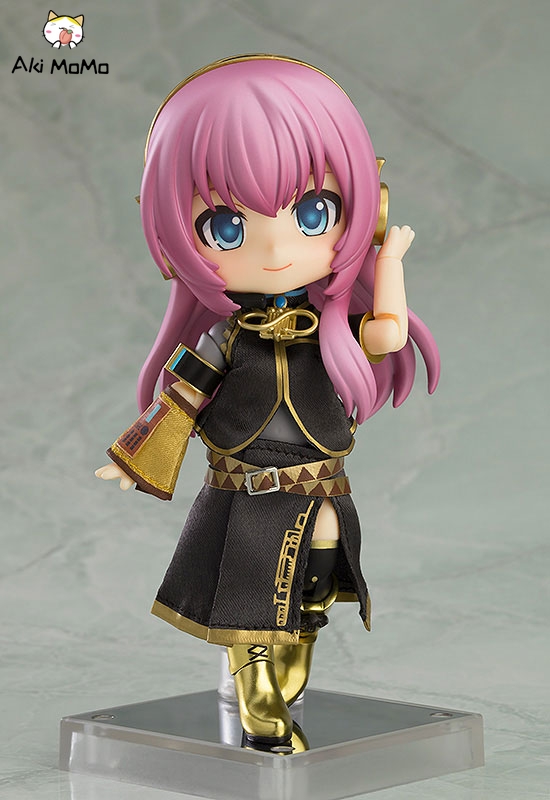Unveiling the Enchantment of Ball-Jointed Dolls: Discover Their Fascinating History and Unique Charm!
Ball-Jointed Dolls (BJD) have emerged as a captivating phenomenon in the world of collectibles and artistry. These beautifully crafted dolls are not just toys; they are a form of artistic expression that has garnered a loyal following worldwide. In this article, we will delve into the enchanting history of BJD dolls, explore the various types available, and highlight their unique characteristics that set them apart from other doll genres. Whether you are a seasoned collector or just beginning to explore this fascinating hobby, there's much to learn about the artistry, culture, and community surrounding these exquisite creations.

The History of Ball-Jointed Dolls
The origins of Ball-Jointed Dolls can be traced back to Asia, particularly Japan and China, where the first prototypes were created in the late 20th century. Originally, these dolls were designed for a niche market of artists and collectors who appreciated the intricate craftsmanship involved in their creation. The dolls quickly gained popularity for their lifelike features and the ability to pose in various positions due to their jointed limbs. Over the years, BJDs have evolved significantly, incorporating innovative designs and techniques that appeal to a broader audience. Their cultural significance cannot be understated, as they often reflect societal trends, artistic movements, and individual expression. For instance, in Japan, BJDs are often associated with the Lolita fashion movement, where they serve as both decorative pieces and fashion statements. As the internet facilitated the sharing of artworks and stories, the BJD community grew, fostering a culture of creativity and collaboration across borders.
Types of Ball-Jointed Dolls
When it comes to the types of Ball-Jointed Dolls, enthusiasts are spoiled for choice. The most recognized categories include Super Dollfie (SD), Mini, and YoSD dolls, each varying in size and style. Super Dollfie dolls are typically larger, standing around 60cm tall, and are favored for their intricate details and expressive features. Mini dolls, on the other hand, range from approximately 40cm to 45cm and are often seen as more manageable for collectors who want a balance between detail and size. The YoSD category, which includes dolls that are around 27cm tall, caters to those who appreciate a more petite option. Beyond these categories, there are also themed dolls, such as fantasy or historical figures, which add another layer of diversity to the collection. Each type serves different purposes, whether for display, artistic creation, or photography, allowing collectors to choose based on their personal preferences and artistic aspirations.
Characteristics of Ball-Jointed Dolls
One of the most alluring aspects of Ball-Jointed Dolls is their unique characteristics. Unlike traditional dolls, BJDs are highly customizable, allowing owners to modify their appearance by changing wigs, eyes, and outfits. This level of personalization fosters a deep connection between the doll and its owner, as each BJD can tell a different story or reflect the owner's personality. The articulation of BJDs is another standout feature; their ball-and-socket joints enable a wide range of motion, making them perfect for posing in various scenes. Most BJDs are made from high-quality materials such as resin or vinyl, which not only contribute to their durability but also to the exquisite finish that collectors admire. The craftsmanship involved in creating a BJD is often likened to that of fine art, with many dolls showcasing intricate details and lifelike expressions. This artistry is a significant part of their appeal, drawing in hobbyists who appreciate the skill and creativity that goes into each piece.
The Community and Culture Surrounding BJD Dolls
The world of Ball-Jointed Dolls is not just about the dolls themselves; it is also about the vibrant community that surrounds them. Online platforms, forums, and social media channels have become essential spaces where collectors and enthusiasts connect, share their experiences, and showcase their artistic creations. Many fans participate in events and conventions dedicated to BJDs, where they can meet fellow enthusiasts, engage in workshops, and attend exhibitions that celebrate this unique art form. Personal anecdotes from friends involved in the BJD community reveal a strong sense of belonging; they often recount how they’ve made lifelong friendships through shared interests in doll customization and photography. As the community continues to grow, it fosters creativity and support, encouraging individuals to express themselves through their dolls.
Embracing the World of BJD Dolls
In conclusion, Ball-Jointed Dolls embody a captivating blend of artistry, history, and community. Their rich heritage and diverse types make them a fascinating subject for anyone interested in collectibles or creative expression. As we have explored, the unique characteristics of BJDs, combined with a supportive and vibrant community, offer an enriching experience for collectors and enthusiasts alike. If you are intrigued by the enchanting world of BJD dolls, consider diving deeper into this hobby and appreciating the artistry that brings these exquisite creations to life. You might just find a new passion that resonates with your own creative spirit!










Comments